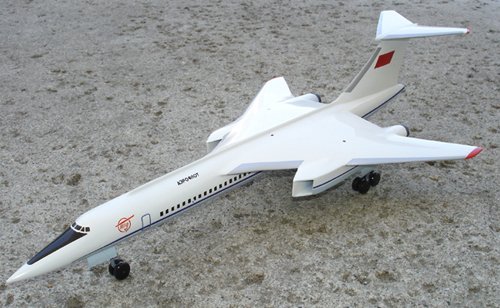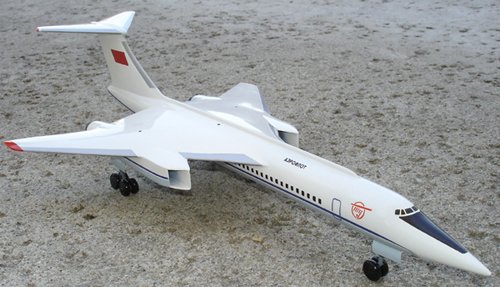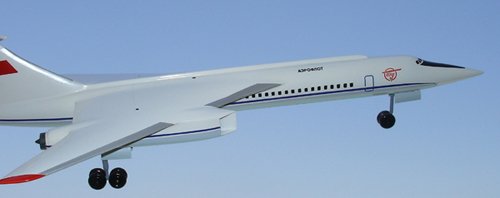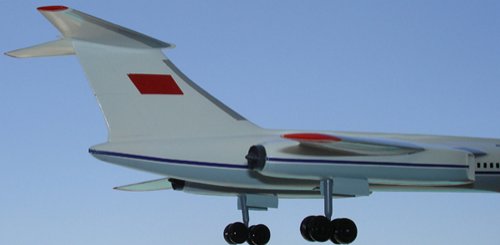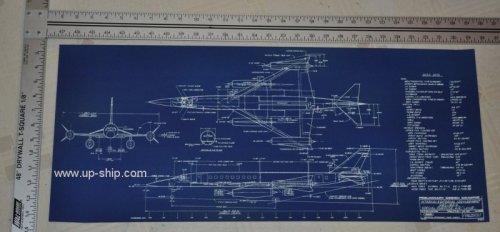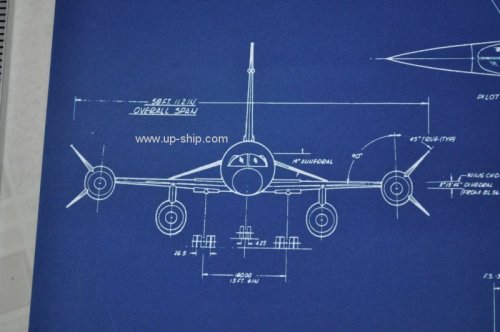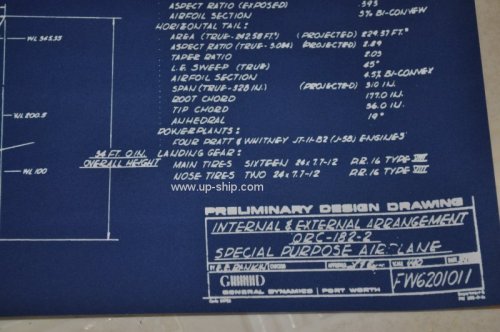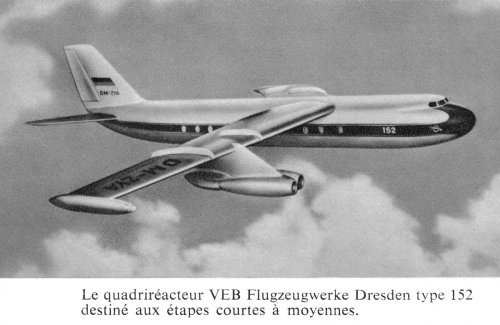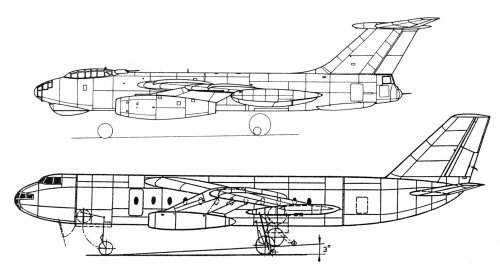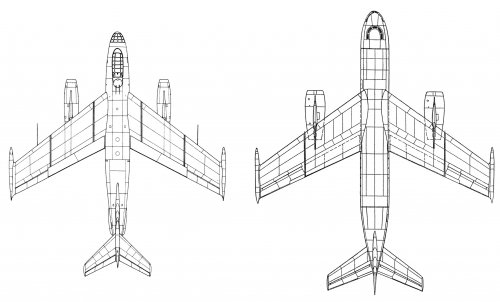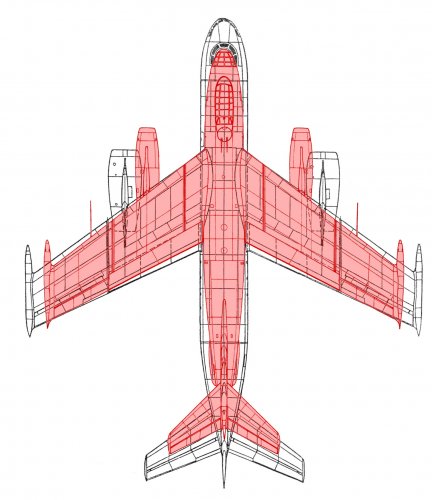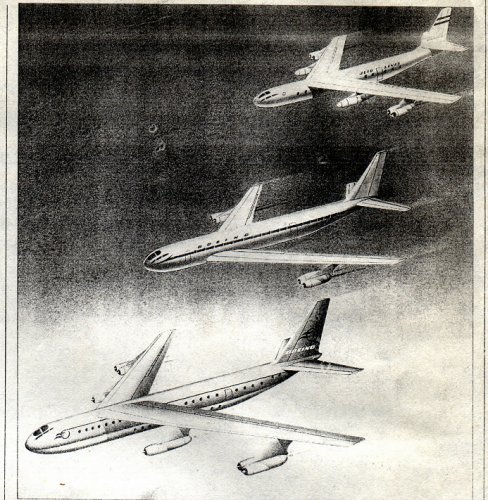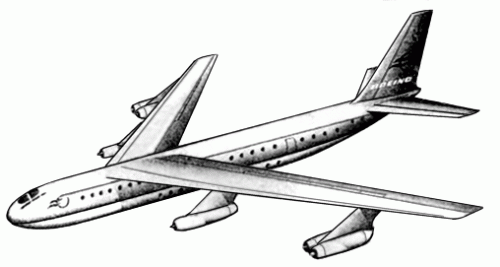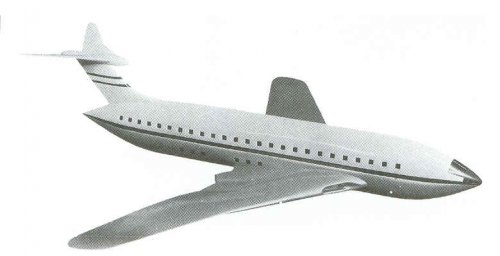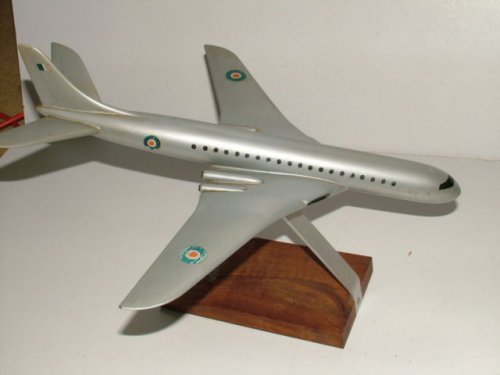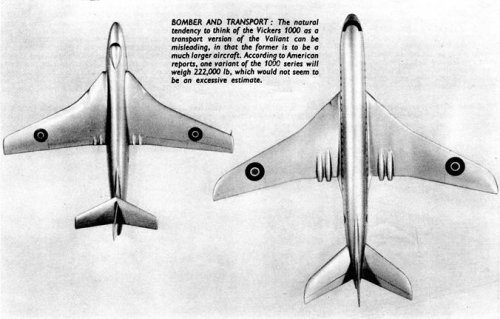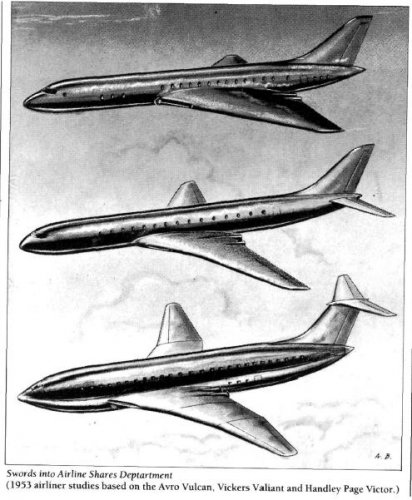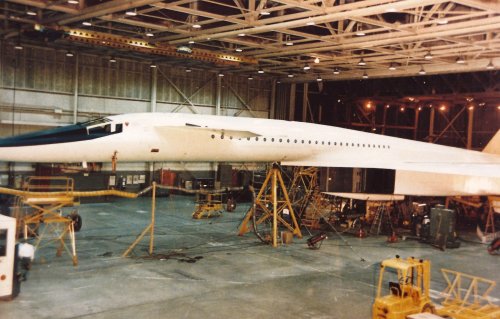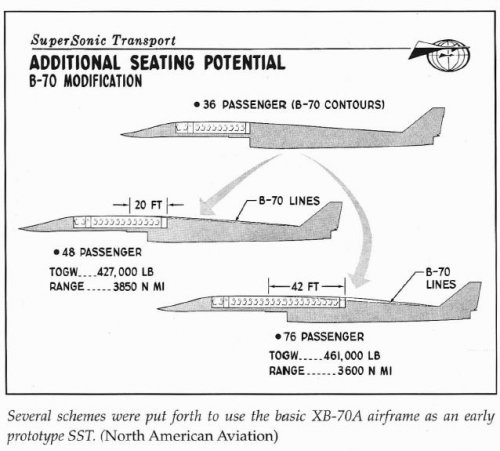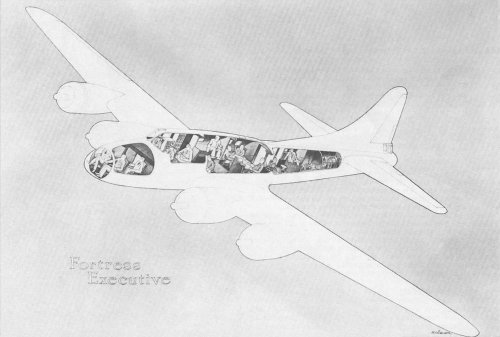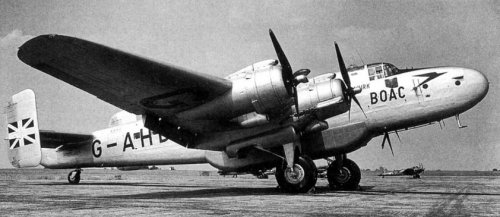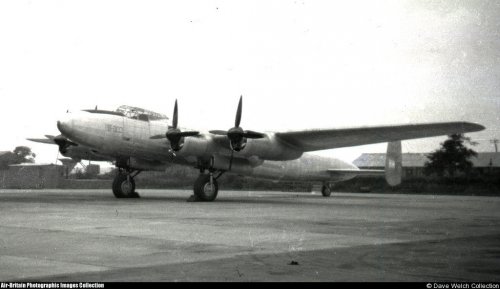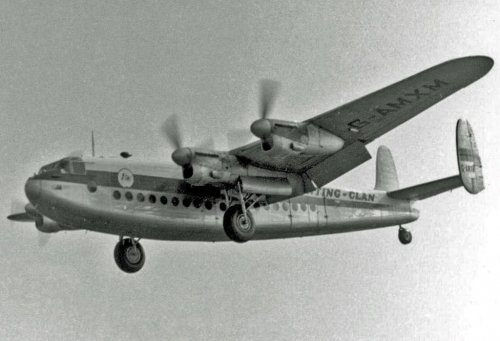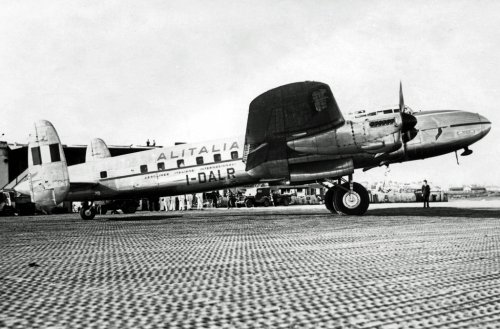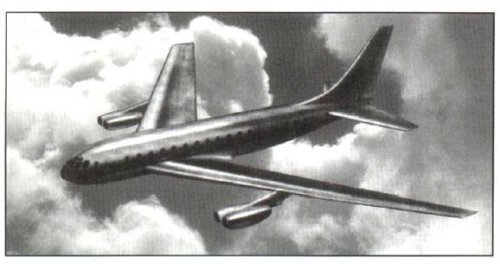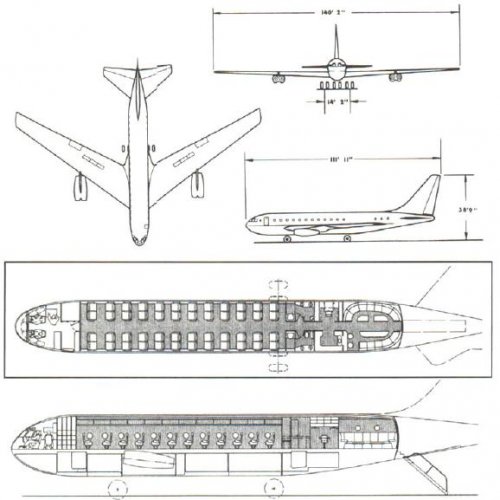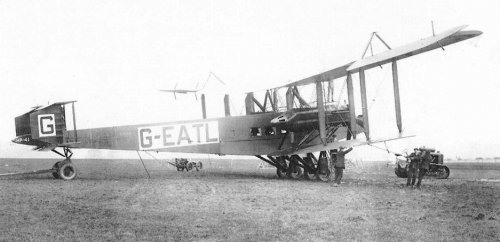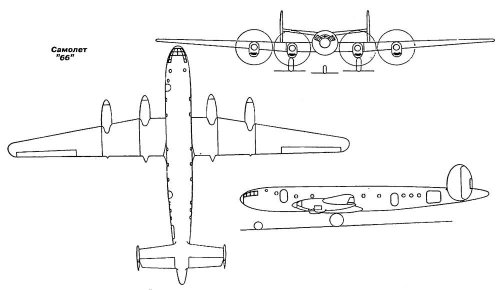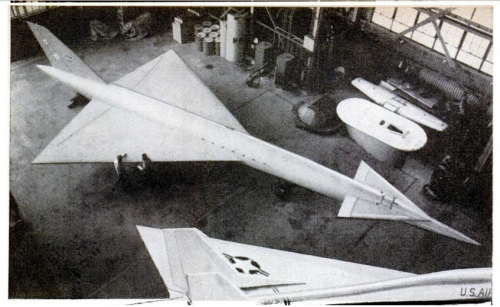frank said:
I don't think it was the nose section of a bomber, I don't think it would have interchanged, it's just that they liked to put the nav in the nose. Remember, pure transports not derived from bombers, like the An-8, 10, 12 & 22 & Il-76 used the same set-up.
Firefly 2 said:
JohnR said:
A detail that has intrigued me for years, why did the T104 have a "bomb aimers" position?
For the navigator, to see which way they are heading?
I always gathered it was because the plane simply used the nose section of a bomber.
My theory is that Soviet airliners were designed for a secondary role as bombers. Not a real fight-your-way-to-Berlin sort of bomber, but a bomb truck suitable for level bombing from undefended airspace (E. Germany, Hungary, Czechoslovakia, Poland, Afghanistan) with external stores. The greenhouse nose, with it's flat panel, would allow use of a visual bomb sight from the navigator's position. I've got no direct evidence for this theory but offer the following:
- Is a greenhouse nose really necessary for any sort of civil visual navigation and worth the cost? I don't recall any Western airliners employing this feature, even going back to the 1930's when navaids were primitive and it wouldn't have been that costly. Putting a greenhouse nose on a high-subsonic speed, pressurized airliner imposes penalties in weight (compared to a pressure bulkhead and plastic nosecone), drag (from the radome which is typically relocated to project outside of the aircraft's natural contours), safety (birdstrikes on plexiglass), maintenance and internal arrangement (the navigator has to have an access route).
- I believe that Aeroflot aircrew positions were filled by Soviet Air Force personnel on normal career rotation, or at least on reserve status. Certainly they all ultimately had the same employer. This would make a reserve bomber force easier to implement.
- I've seen a photo of a Tupolev airliner (Tu-124, I think) in Soviet Air Force service with an external store (some sort of electronics) under a wing. Granted, an airliner can be relatively easily modified to hang electronics under a wing, but the installation could also have used pre-existing hardpoints intended for bombs.
If Aeroflot did provide a reserve bomber force, I've never read anything about it. This could be because Aeroflot is still around today, such an arrangement could still be in place (this might explain retention of older types that other airlines parked long ago), and widespread knowledge of a role as a combat arm of the Soviet/Russian Air Force could be a negative in the business world.
The above is speculation, of course. Does anyone have actual information on the topic?

